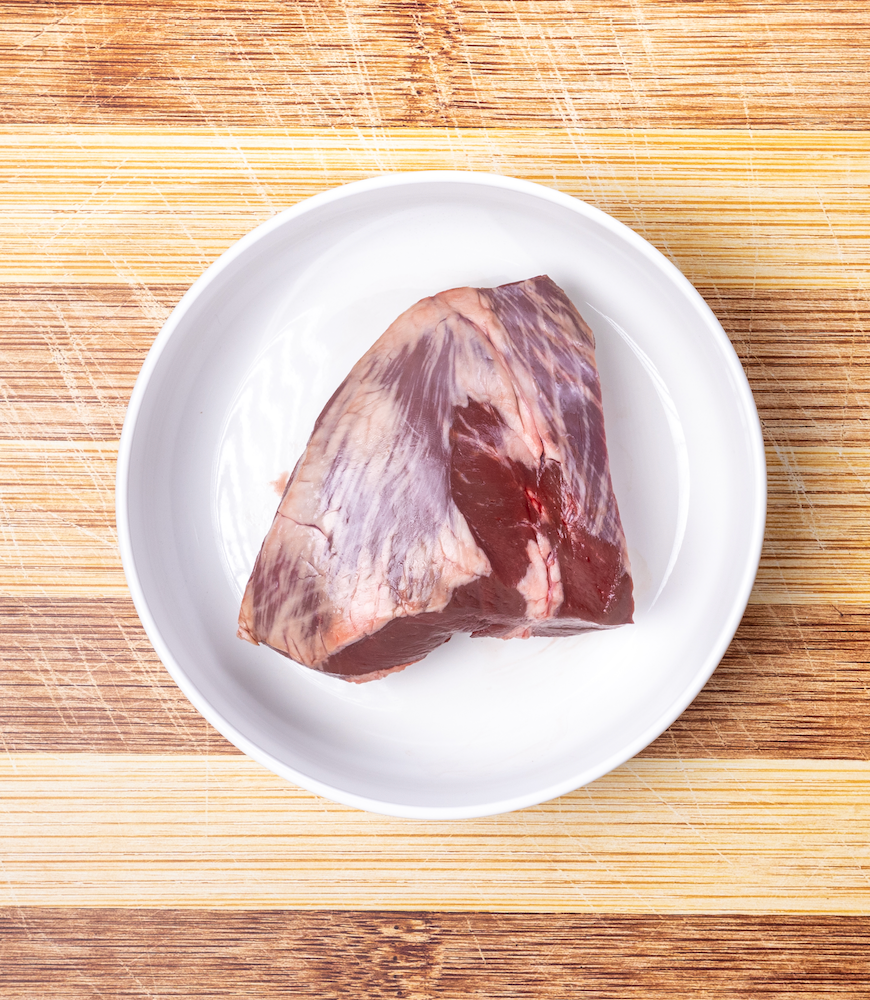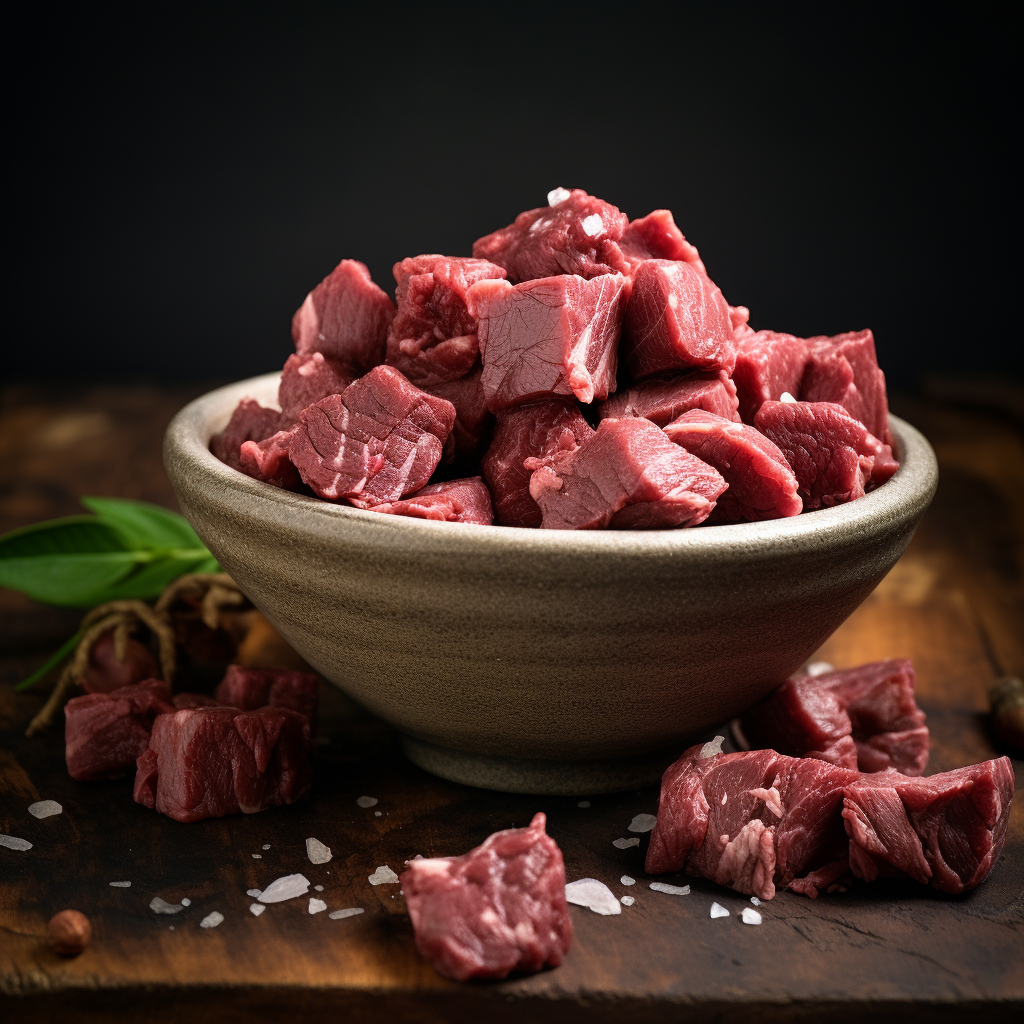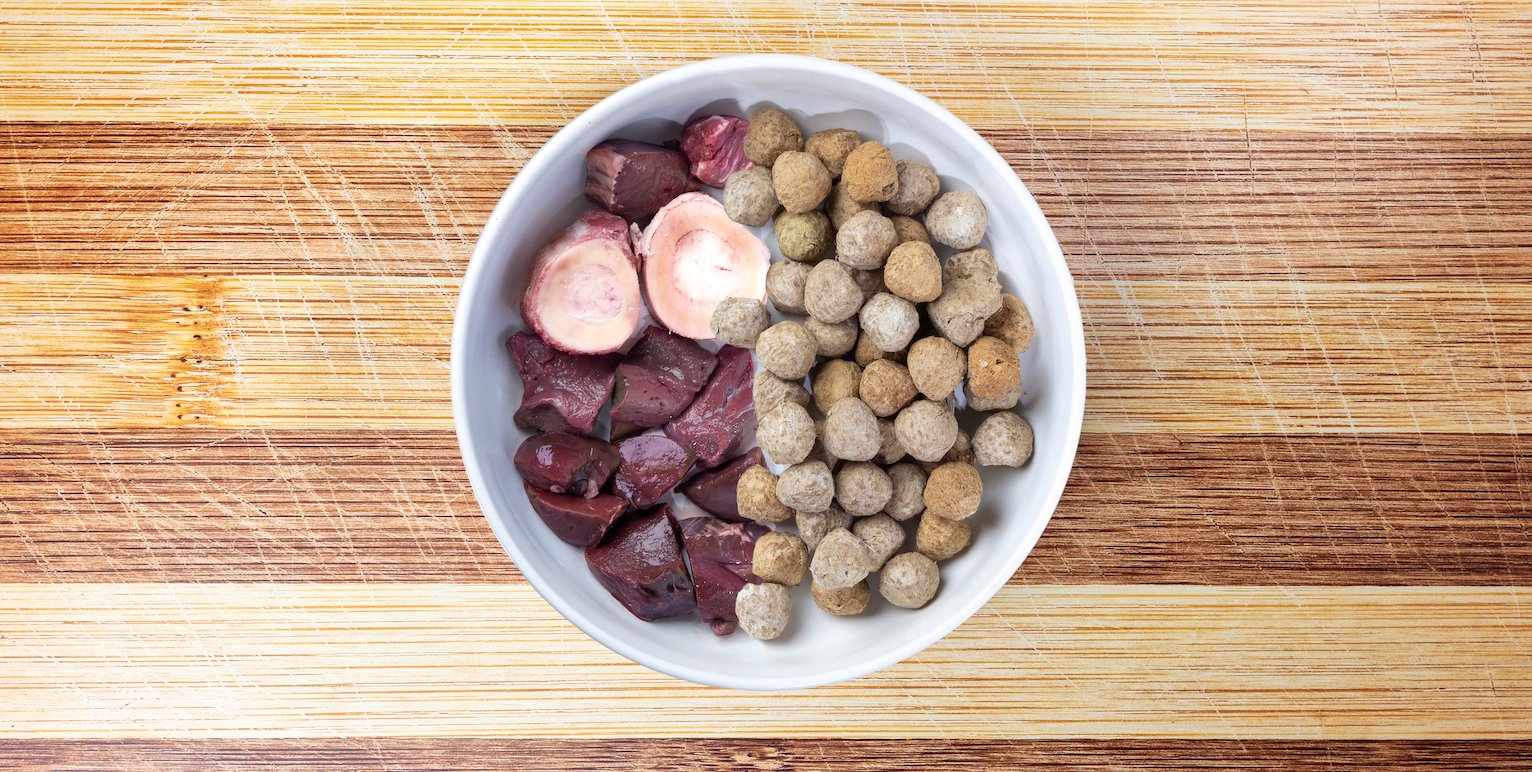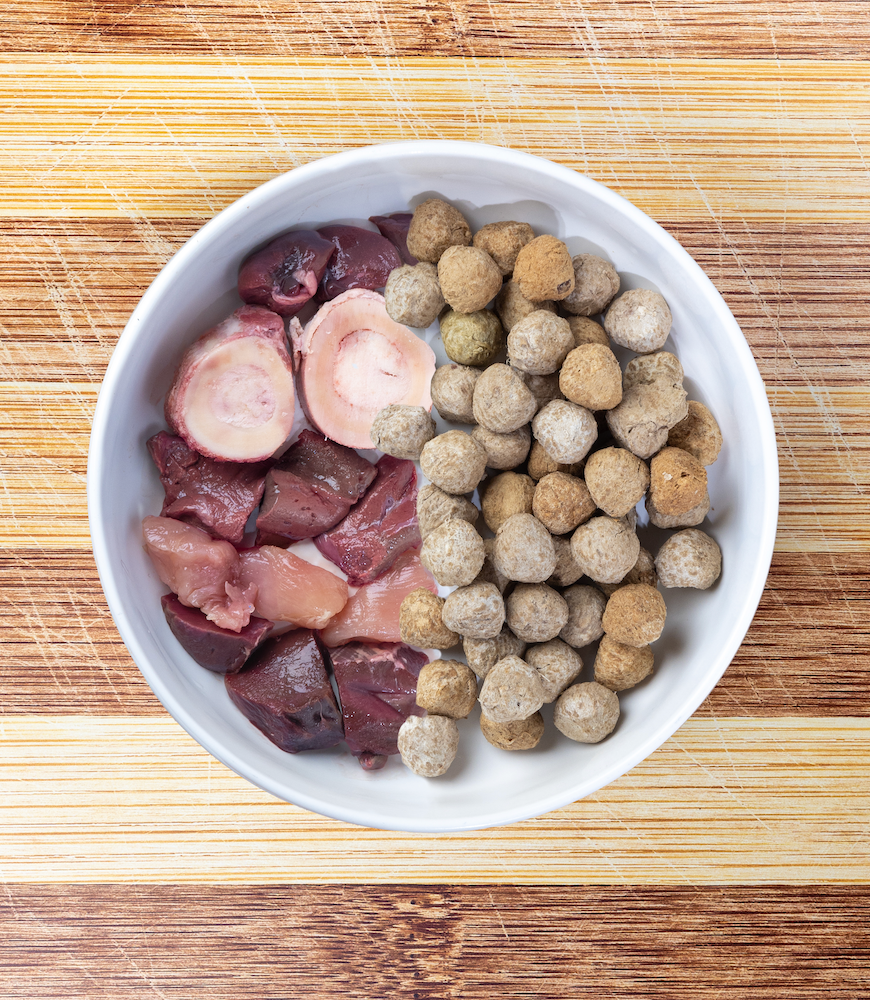Is Liver Good for Dogs? Why Dogs NEED Liver and Organs

Are you wondering, “is liver good for dogs?” As a dog owner, you want the best for your canine companion’s health. Liver is more than just a tasty treat for dogs; it’s a nutrient-packed superfood that can contribute to their overall well-being. In this blog post, we’ll explore the benefits of liver for dogs, compare beef and chicken liver, discuss raw vs. cooked liver, and provide guidance on incorporating liver into your dog’s diet. So, let’s get started on this journey to discover why is liver good for dogs and why they need liver and organs!
Key Takeaways
-
Liver for dogs is a powerful superfood providing essential fatty acids, vitamins & minerals, protein and amino acids.
-
When it comes to choosing between beef liver and chicken liver consult with your veterinarian on dietary needs & preferences.
-
Raw or cooked preparations should be introduced in moderation while considering safety precautions. Amount depends on size, age & health of dog.
The Nutritional Powerhouse: Liver for Dogs

When it comes to dog food, liver is a true nutritional powerhouse. Packed with essential fatty acids, vitamins, minerals, and protein, liver for dogs offers a range of health benefits. Feeding liver can help support strong bones and teeth, enhance the immune system, and facilitate digestive health.
However, moderation in feeding liver is key, as toxicity can result from excessive amounts of vitamin A and copper. Always consult with your veterinarian if you have doubts about your dog’s diet and ensure you choose high-quality liver products without harmful additives.
Essential Fatty Acids
Liver, especially dog liver, is a source of essential fatty acids, including omega-3 and omega-6. These fatty acids are vital for maintaining a healthy skin and coat, regulating body temperature, and bolstering the immune system.
Apart from liver, other organ meats such as reproductive organs can offer crucial nutrients to dogs, provided they are fed in moderation. So, while liver is a beneficial addition to dog food, it should be part of a balanced diet that incorporates other organ meats and sources of essential fatty acids.
Vitamins and Minerals
The liver is packed with vitamins and minerals that contribute to your dog’s overall health. Vitamin A, as well as B vitamins B2, B9, and B12 and minerals like iron, copper, and choline can all be found in abundance in this rich source. It offers an impressive array of nutrients for good health. These nutrients play an essential role in maintaining healthy vision, nerve health, red blood cell production, and healthy functioning of the immune system.
Although liver is a rich source of these nutrients, overfeeding should be avoided as too much liver can cause liver damage due to excessive vitamin A.
Incorporating liver, organ meat, and other organ meats into your dog’s diet can equip them with the necessary nutritional benefits for optimal health.
Protein and Amino Acids
In addition to essential fatty acids, vitamins, and minerals, liver is a high-quality protein source for dogs. The liver provides essential amino acids such as:
-
leucine
-
isoleucine
-
valine
-
glycine
-
proline
-
serine
-
threonine
-
phenylalanine
-
tyrosine
-
tryptophan
These proteins and amino acids are vital for muscle development, immune system support, and overall metabolism in dogs.
Including liver in your dog’s diet provides them with the necessary building blocks for robust muscles and a healthy immune system.
Beef Liver vs. Chicken Liver: Which is Better?
Comparing beef and chicken liver, both have their unique benefits for dogs. Beef liver contains higher amounts of minerals like iron, calcium, and zinc compared to chicken liver. On the other hand, chicken liver is richer in vitamins A and D and has a higher fat content.
Both beef liver and chicken liver are packed with beneficial nutrients for dogs. Therefore, you should take into account your dog’s dietary needs and preferences when selecting the type of liver to feed, such as cooked beef liver or dog beef liver, since dogs eat liver in various forms.
Raw vs. Cooked Liver: Safety and Preparation Methods
Raw liver, retaining more nutrients than its cooked counterpart, has its own advantages. However, some people might eat raw liver, but cooked liver may be a safer option for your dog, as cooking eliminates any potential bacteria present in raw meat, such as raw beef liver.
Ultimately, the choice between raw and cooked liver depends on your dog’s preferences and health. Consult with your veterinarian and consider your dog’s dietary needs when deciding the best method for feeding liver to your dog.
Cooking Techniques for Liver

There are various cooking techniques you can use to prepare liver for your dog. You can bake, boil, or sauté the liver to ensure it’s safe and palatable for your furry friend.
Baking liver involves preheating the oven to 350°F and lining a baking sheet with parchment paper, then placing the liver on the parchment paper and baking for 15-20 minutes until cooked through.
Boiling liver requires covering the liver in a pot with water, bringing it to a boil, and then simmering for 10-15 minutes until cooked through. Alternatively, you can sauté liver in a skillet with a tablespoon of oil for 5-7 minutes until cooked through.
Introducing Raw Liver into Your Dog's Diet
If you decide to introduce raw liver into your dog’s diet, do so gradually and in small quantities. Monitor your dog for any adverse reactions or digestive issues when introducing raw liver.
To ensure safety when feeding liver to your dog:
-
Cook the liver before feeding to eliminate potential parasites or bacteria.
-
Alternatively, freeze the liver for a period to reduce the risk of parasites.
-
Always supervise your dog when feeding raw liver.
-
Feed liver in moderation to avoid any issues.
The Right Amount: How Much Liver Should You Feed Your Dog?

Feeding liver in moderation is crucial to prevent overloading your dog with certain nutrients like vitamin A and copper. A general guideline for adult dogs is to feed around 1 ounce of liver per day, which equates to approximately 5% of their raw diet.
For puppies, it’s advised to give 1/5 of an ounce per day. Keep in mind that these are general guidelines and may vary depending on your dog’s size, age, and overall health.
Guidelines for Puppies and Adult Dogs
When adjusting liver servings for puppies and adult dogs, consider factors like size, age, and overall health. For puppies, start with small amounts of liver and adjust the portion size based on their age, size, and activity level. As your puppy grows, continue to adjust the liver servings accordingly.
Consult with your veterinarian before making any significant changes to your dog’s diet, especially when introducing liver or other organ meats.
Liver Treats as Part of a Whole Prey diet

Incorporating liver treats into a whole prey diet can provide your dog with optimal nutrition for overall health. Whole prey diets, consisting of organs, muscle meat, and bones, mimic what dogs eat in their natural diet and deliver essential nutrients they need for a balanced diet.
Feeding liver treats as part of a whole prey diet not only provides your dog with a tasty treat but also guarantees they receive the vital nutrients needed for a healthy life.
Raw Whole Prey Meals
Providing raw dog food in the form of whole prey meals offers a range of benefits for your dog’s health. These meals replicate a dog’s natural diet and supply essential nutrients like:
-
Fatty acids
-
Vitamins
-
Minerals
-
Proteins
-
Amino acids
When feeding raw whole prey meals, aim to provide puppies and adult dogs with 1-2% of their body weight daily. This approach ensures your dog receives the nutrients they need while maintaining a balanced diet.
Whole Beast Dog Treats
Heart of the Canine’s Whole Beast dog treats offer a convenient, freeze-dried option made with grass-fed, pasture-raised beef, chicken, and organs. These treats are crafted in Texas in small batches and contain no fillers, flow agents, or allergens.
Incorporating Whole Beast dog treats into your dog’s diet offers them a nutrient-rich snack that enhances their overall health and well-being.
Summary
In summary, liver is a nutrient-rich superfood that can provide your dog with essential fatty acids, vitamins, minerals, and protein for overall health. Both beef and chicken liver offer unique benefits, and incorporating liver into your dog’s diet should be done based on their individual needs and preferences. Whether you choose raw or cooked liver, always feed in moderation, and consult with your veterinarian for guidance. By including liver treats as part of a whole prey diet, you’re providing your dog with the essential nutrients they need for a healthy and happy life.
Frequently Asked Questions
How much liver can my dog eat?
It's recommended that dogs don't eat more than one ounce of liver per day, which is about 28g, in order to prevent the possibility of hypervitaminosis A. However, this is a catch-all guideline and should be discussed with your vet to determine an appropriate amount for your dog based on their size and health.
Is cooked liver good for dogs?
Cooked liver is an excellent source of nutrition for dogs, providing valuable protein, vitamins, and minerals that can contribute to healthy muscle and tissue growth.
Can I feed my dog liver everyday?
Yes, you can feed your dog liver as an occasional treat; however, it should not be part of their daily diet. Too much liver can lead to an overdose of vitamin A, so it's important to enjoy this as an occasional reward or training treat instead.
What liver is healthiest for dogs?
Beef liver is the healthiest liver for dogs, as it's rich in essential vitamins and minerals, lower in fat than muscle meat, and higher in B2, B12, and A compared to chicken liver. It provides the nutrients necessary for optimal health and helps avoid obesity.
Can liver be harmful to dogs?
Yes, too much liver can be harmful to dogs as it can cause vitamin A and copper toxicity. Therefore, it's important to feed liver in moderation and include a balanced diet.



Comments